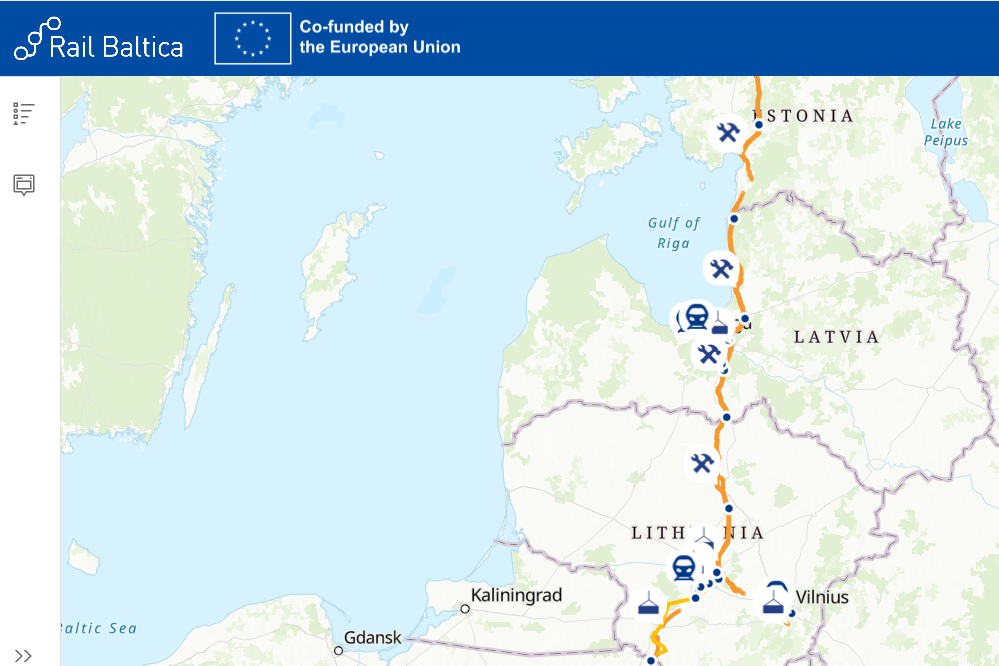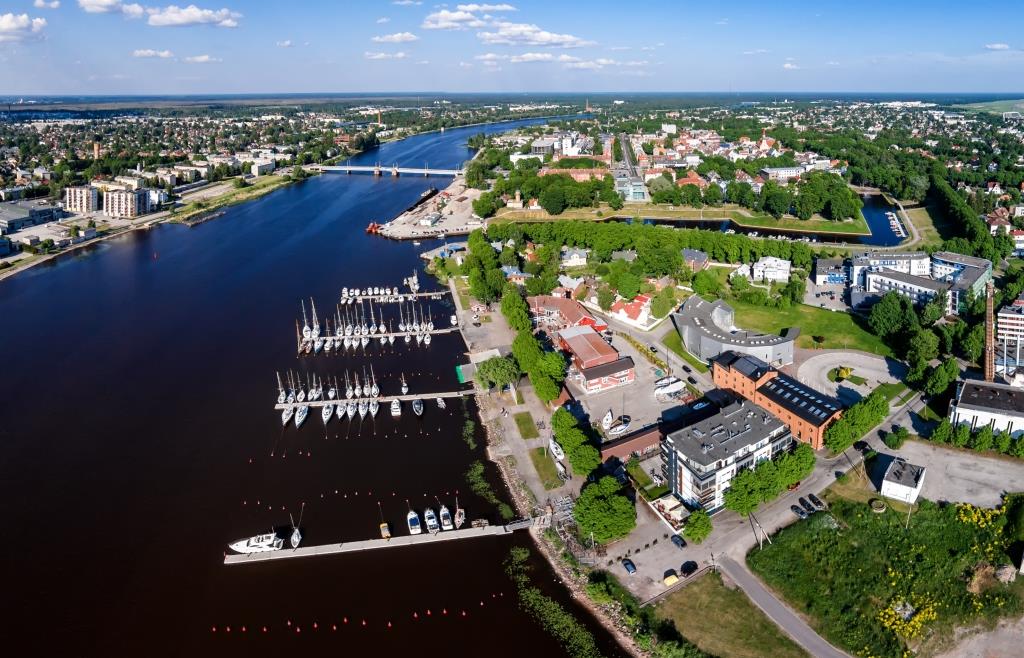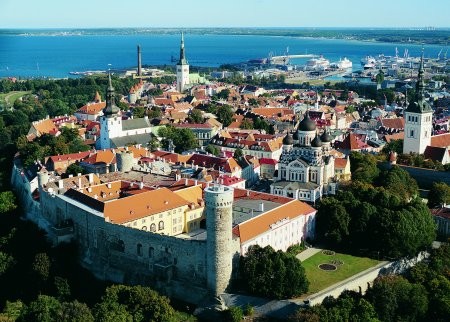The Baltic region is currently witnessing the implementation of its largest infrastructure project in a century – the Rail Baltica project, covering a distance of 870 km. Set for completion in 2030, the initiative aims to link the capitals of Lithuania, Latvia, and Estonia to Warsaw and the broader European rail network, facilitating seamless transit for continental trains. Discussions regarding an inter-Baltic rail project have been ongoing since the late 1990s, with a formal cooperation agreement signed by transport ministers from Estonia, Latvia, and Lithuania in 2001.
However, concrete progress materialized in 2010 when representatives from the transport ministries of Poland, Lithuania, Latvia, Estonia, and Finland signed a memorandum.
The journey from Lithuania’s capital to Estonia takes seven hours by road. Once Rail Baltica is operational, this travel time is expected to be nearly halved to just three hours and 38 minutes.
The rail route will commence in Tallinn, passing through Pärnu, Rīga, Panevėžys, and Kaunas before reaching the Lithuanian-Polish border. Additionally, a connection to Vilnius will be established from Kaunas. Upon completion, trains can travel seamlessly from Poland to the Baltics, with passenger trains reaching top speeds of 234 km/h.
Historically, the Baltics adhered to European rail standards with a gauge of 1435 mm. However, during the Soviet occupation, the region’s rail system adopted the Russian gauge of 1524 mm. This difference posed a significant obstacle to Baltic-European rail connectivity, requiring passengers or cargo to undergo reloading onto a new train at the Polish border before continuing their journey.
The Rail Baltica project addresses this challenge, enhancing regional transportation efficiency and fostering closer integration with the broader European rail network. The initiative represents a crucial step in strengthening connectivity and economic ties within the Baltic region and beyond.






